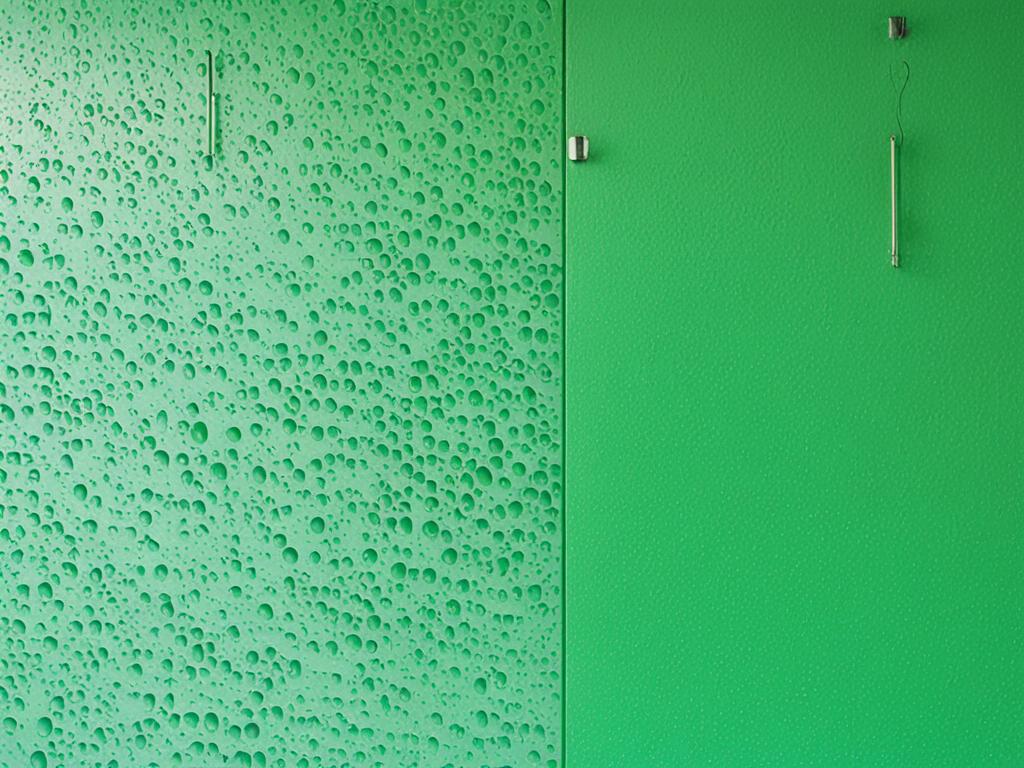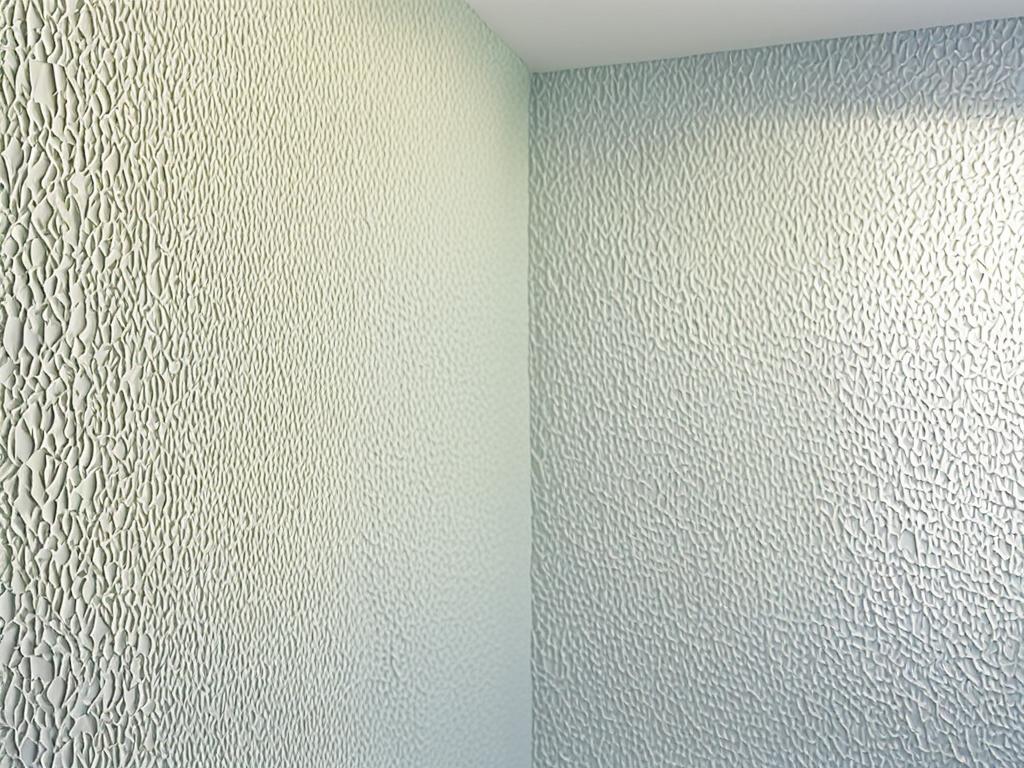Drywall is a low-cost and easily obtainable material that is commonly used for wall coverings in various areas of the home. However, standard drywall is not suitable for high humidity areas such as bathrooms and kitchens. In these spaces, a better choice is a special type of drywall that has been treated with a moisture- and mold-resistant coating, commonly known as green board. Green board is a type of drywall with a paper facing that has been treated with a waxy coating and chemicals that resist moisture and mildew. It is well suited for finishing walls in humid locations but should be avoided in very wet areas such as showers and tub surrounds. While green board is still widely used in high-humidity spaces, it is gradually being replaced by paperless glass-mat drywall that is genuinely waterproof and mold-proof.
- Standard drywall is not suitable for high humidity areas like bathrooms and kitchens.
- Green board is a moisture- and mold-resistant type of drywall.
- Green board is well suited for finishing walls in humid locations but should be avoided in very wet areas.
- Green board is gradually being replaced by paperless glass-mat drywall.
- Paperless glass-mat drywall is genuinely waterproof and mold-proof.
Greenboard vs Drywall: Key Differences
When it comes to choosing the right material for your walls, greenboard and drywall are two popular options. Understanding the key differences between these materials will help you make an informed decision for your project.
Moisture Resistance
The primary advantage of greenboard over regular drywall is its moisture resistance capabilities. Greenboard features a waxy, water-resistant seafoam green paper cover on one side, making it a suitable choice for areas with high humidity levels, such as bathrooms and laundry rooms. While greenboard is water-resistant, it is important to note that it is not completely waterproof and should not be used in areas with standing water.
On the other hand, regular drywall, also known as white board, is more affordable and versatile but lacks the same level of moisture resistance as greenboard. It is not recommended for areas prone to high humidity or moisture, as it is more susceptible to water damage and mold growth.
Best Use for Greenboard
Greenboard is specifically designed for use in areas that experience high levels of humidity or occasional moisture exposure. It is ideal for spaces such as bathrooms, laundry rooms, and other moisture-prone areas of the home. Its moisture-resistant properties help prevent water damage and inhibit the growth of mold and mildew.
Drawbacks of Greenboard
While greenboard offers enhanced moisture resistance, it does have its limitations. As mentioned earlier, it is not completely waterproof, so it should not be used in areas with standing water or heavy moisture, such as showers or rooms with spas or pools. Additionally, greenboard can be more challenging to install compared to regular drywall due to its heavier weight and the need for specific installation techniques.
Cost Difference
When considering the cost difference between greenboard and regular drywall, it’s important to note that greenboard typically costs about 20% more than regular drywall. However, the higher cost of greenboard can be justified by its ability to resist moisture and prevent water damage, which can lead to costly repairs and potential health hazards associated with mold and mildew.
| Greenboard | Drywall | |
|---|---|---|
| Moisture Resistance | Water-resistant but not completely waterproof | Less resistant to moisture and mold |
| Best Use | High humidity areas, such as bathrooms and laundry rooms | General use in areas not prone to high moisture |
| Drawbacks | Not suitable for areas with standing water or heavy moisture | More susceptible to water damage and mold |
| Cost | Approximately 20% more expensive than regular drywall | More affordable option |
Overall, greenboard is a worthwhile investment for moisture-prone areas of the home where occasional dampness or splashes may occur. On the other hand, regular drywall is a more versatile and affordable option for areas that do not experience high levels of humidity or moisture. Consider your specific project needs and the level of moisture exposure in the space when deciding between greenboard and drywall.

Making the Best Choice for Your Walls
When it comes to selecting the right material for your walls, choosing between greenboard and drywall involves considering several key factors. Greenboard is an excellent choice for areas with high humidity levels, such as bathrooms and basements, where occasional dampness or splashes may occur. However, it is important to note that greenboard is not recommended for wet areas like showers or rooms with spas or pools.
On the other hand, drywall is a more versatile and affordable option that can be used in various areas of the home. However, it is important to be aware that drywall is not as resistant to moisture and mold as greenboard.
When making your decision, think about the specific needs of your project and the level of moisture exposure in the space. If you are working on a bathroom or basement, greenboard may be the best choice to prevent water damage and inhibit mold and mildew growth. However, if the area does not have high humidity, drywall is a suitable option that offers affordability and versatility.
Additionally, cost considerations should play a role in your decision-making process. Greenboard typically costs about 20% more than regular drywall. So, keep in mind your budget and weigh the added expense against the benefits of moisture resistance.
